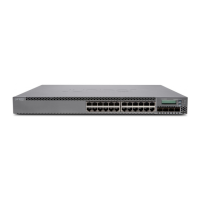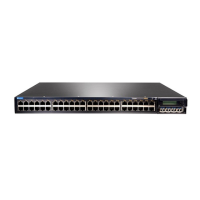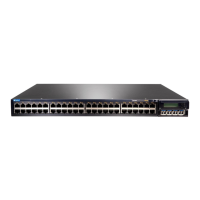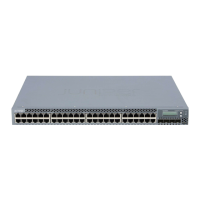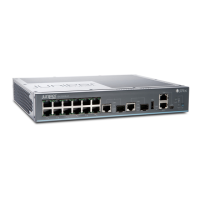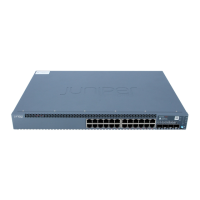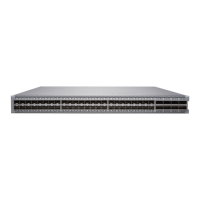CHAPTER 7
DHCP Liveness Detection
•
DHCP Liveness Detection Overview on page 95
•
Configuring Detection of DHCP Local Server Client Connectivity on page 96
•
Configuring Detection of DHCP Relay or DHCP Relay Proxy Client
Connectivity on page 98
DHCP Liveness Detection Overview
Unlike PPP, DHCP does not define a native keepalive mechanism as part of either the
DHCPv4 or DHCPv6 protocols. Without a keepalive mechanism, DHCP local server, DHCP
relay, and DHCP relay proxy are unable to quickly detect if any of them has lost
connectivity with a subscriber or a DHCP client. Instead, they must rely on standard DHCP
subscriber session or DHCP client session termination messages.
DHCP clients often do not send DHCP release messages before exiting the network. The
discovery of their absence is dependent on existing DHCP lease time and release request
mechanisms. These mechanisms are often insufficient when serving as session health
checks for clients in a DHCP subscriber access or a DHCP-managed network. Because
DHCP lease times are typically too long to provide an adequate response time for a
session health failure, and configuring short DHCP lease times can pose an undue burden
on control plane processing, implementing a DHCP liveness detection mechanism enables
better monitoring of bound DHCP clients. When configured with a liveness detection
protocol, if a given subscriber (or client) fails to respond to a configured number of
consecutive liveness detection requests, the subscriber (or client) binding is deleted and
its resources released.
DHCP liveness detection for DHCP subscriber IP or DHCP client IP sessions utilizes an
active liveness detection protocol to institute liveness detection checks for relevant
clients. Clients must respond to liveness detection requests within a specified amount
of time. If the responses are not received within that time for a given number of
consecutive attempts, then the liveness detection check fails and a failure action is
implemented.
Using DHCP liveness detection, IP sessions are acted upon as soon as liveness detection
checks fail. This faster response time serves to:
•
Provide more accurate time-based accounting of subscriber (or DHCP client) sessions.
•
Better preserve router (switch) resources.
95Copyright © 2017, Juniper Networks, Inc.

